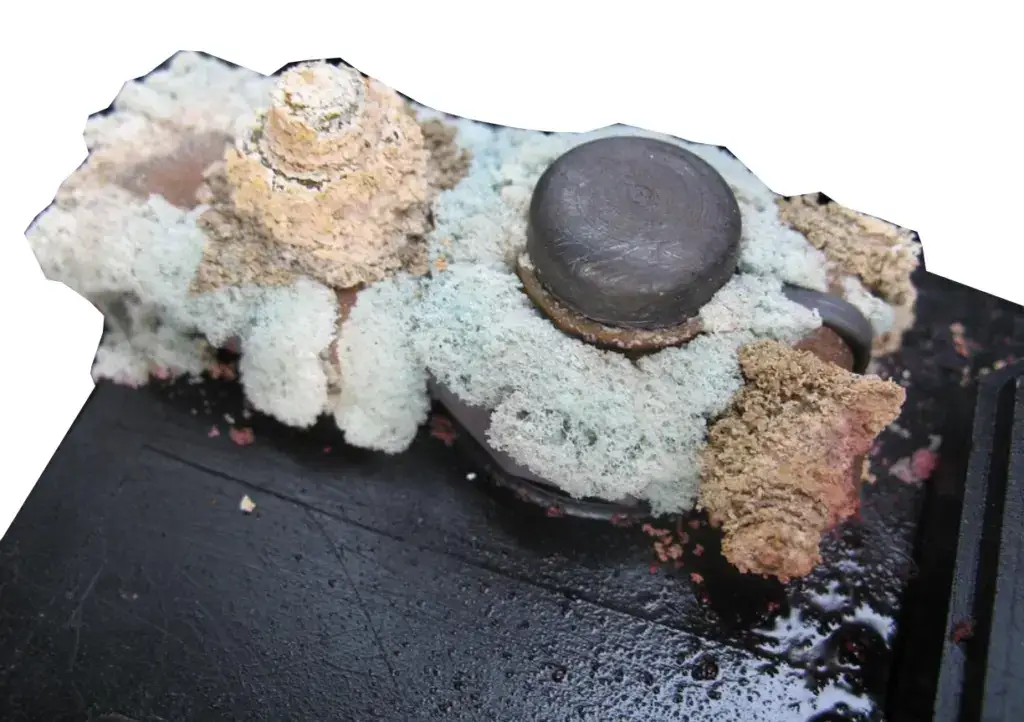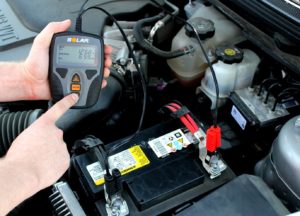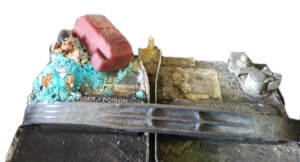How long does a car battery last
How long does a car battery last?
The average life of a car battery
Car batteries last about 3 to 4 years. That’s less than in the past when car batteries lasted 4-5 years. In fact, battery manufacturers tell us that only 30% of batteries sold reach the 48-month mark. 80% of early battery failures are due to battery plate sulfation caused by short drives and long periods of non-use.
Heat is the #1 killer of car batteries
Late-model cars and trucks have a packed engine bay. Plus, many engines are powered by a turbo and those suckers generate a lot of heat. A car battery works by creating electricity through a chemical reaction. Increase the temperature and you increase the rate of the chemical reaction. Heat (and running out of space under the hood) is one reason why car makers are moving batteries under the back seat and in the truck.
Car battery life depends on where you live.
High heat is the #1 killer of car batteries. If you live in a hot climate, you’ll have to replace your car battery more often than those who live in more moderate climates
Short drives and non-use are the second most common cause of dead batteries
A short drive, especially in low speed stop-and-go city driving takes more power out of your battery than the charging system can put back in. Letting your vehicle sit unused for long periods of time and then driving short distances is even more harmful to the battery.
Car battery life depends on how you drive
If you drive your car on short drives of less than 5 miles, you’ll kill your battery much faster than if you drive long distances. Why? Because starting your car and driving for short distances doesn’t allow your battery to get fully recharged from the power needed to start it. So your battery is always in a state of discharge and that causes permanent damage. The more short trips you take, the faster you discharge your battery, especially if you use the heater, defogger, heated seats, heated mirrors or AC while you’re on those short trips.
How to avoid damaging your battery. Purchase a battery maintainer and connect it to your battery once a week to bring it up to full charge. OR, take it on a longer trip (at least 20 miles at highway speeds).
More power accessories cause more stress on the car battery, causing them to fail sooner
GPS navigation systems, cellular phones, collision avoidance cameras, radar and lasers, heated mirrors and seats, video screens, high-powered sound systems, WiFi, and additional power ports equal more power usage. A typical automotive alternator can only produce about 30% of its maximum rated capacity at idle, so the rest of the power comes from your battery. Idle for a long time with lots of power accessories running and you stress the battery.
Parasitic battery drain kills your car battery
All vehicle computer modules draw power. When you shut off your car, computer modules are supposed to go into sleep mode to reduce power draw.If a module doesn’t shut down and continues to draw too much power it can drain your battery.
Not driving your vehicle can kill your car battery
A car battery’s self-discharge rate of 1% per day combined with the power draw from your car’s computers can drain your battery in 4-6 weeks of non-use. If you start your car, turn the AC or heat on full blast, run seat heaters and drive a few blocks to the convenience store and then return home, you’re pulling far more power out of your battery than you’re putting back in. Do that several times per week with no other driving in between and you’ll severely discharge your battery and reduce its life.
Battery life depends on how often you use your vehicle
All car batteries self discharge when left unused. Worse yet, the computers in your vehicle use a small amount of power 24/7. A car battery can become 30-40% discharged in just 30 days. That’s why all carmakers recommend using your car at least once a month. When a car battery is left in a discharged state, sulfate crystals develop and cut the battery’s capacity. The longer the battery sits unused, the worse the crystal formation. If you charge the battery with a battery charger of by driving, you can sometimes reverse the crystal formation. But if you let it sit for too long (60 days or more), the crystals harden, killing your battery.
When it comes to car batteries; use it or lose it.
Car battery life depends on how well it’s secured
Vibration is the second most common killer of car batteries. Carmakers secure the battery with clamps and hold-down brackets to reduce vibration. If you don’t maintain those hold-down devices and let your battery bounce around, you’ll dramatically reduce its life.
It depends on you well you maintain it
Battery terminals and posts develop corrosion over time and

Notice the corrosion and the wetness on the top of the battery. This car battery is leaking between the case and the post
that corrosion increases electrical resistance. Increased electrical resistance results in a constantly discharged battery.
Battery terminals and posts should be cleaned with a wire brush at least once a year or any time you see corrosion.
Replace your battery if it’s more than four years old
If your battery is approaching the four-year mark, have it tested now so you get a read on its condition. Otherwise, it can leave you stranded.
Car battery testing is easy
The old-school way to test a battery was to perform a stress test where the battery is loaded to half of its rated Cold Cranking Amps (CCA) for 15-secs.  If the battery voltage stayed above 9.6 volts during that period, it passed the test. But that same battery could fail the day after from causes that can’t be spotted by the stress test.
If the battery voltage stayed above 9.6 volts during that period, it passed the test. But that same battery could fail the day after from causes that can’t be spotted by the stress test.
Modern battery testers conduct a simulated stress test, as well as internal resistance tests that can spot weak connections between the bus bar and plates and plate sulfation. Modern battery testers are far more accurate at predicting future battery life, so you should ask the shop to conduct the test at least once a year.
Here’s how car batteries get ruined
The car battery sits unused too long between charging in hot weather
The car battery sits unused too long between charging in extremely cold weather
The battery is run down by extended cranking (cranking but the engine won’t fire up) without immediate recharging with a battery charger.
Used in a high heat environment—the underhood temperature of 100°F increases internal self-discharge.
Low electrolyte level kills your car battery
Improper charging. Using a cheap battery charger can do more harm than good. Recharging a battery requires a specific charging procedure depending on the battery condition. Newer chargers can assess the condition of the battery and apply the correct charging protocol.
Cold weather. Cold weather slows down the chemical reaction that produces power.
Parasitic battery drain. All late-model cars draw computer current even when the engine is off. If all computers go into sleep mode, the draw is low (less than 50mA). However, even when all computers are in sleep mode, a 50mA draw can completely discharge a battery in 30-days. If a computer doesn’t enter sleep mode the parasitic draw can discharge a battery within hours. To find the source of a parasitic battery draw, read this article.
Dirty battery cables can kill your battery
Dirty/corroded battery terminals dramatically

These corroded battery terminals are killing this battery
reduce the amount of current available to start the engine AND reduces the amount of recharging current needed to recharge the battery.
For tips on buying the best car battery, read this article.
If you own a 2000 or newer vehicle, the techniques for installing a new battery have changed. If you don’t follow the proper installation practices, your car may not run at all or may run poorly after a battery change. Read this post on how to install a new battery.
©, 2015 Rick Muscoplat
Posted on by Rick Muscoplat